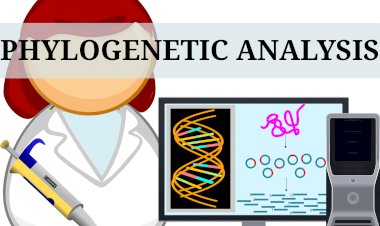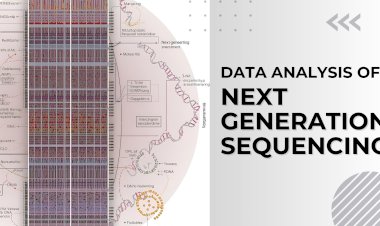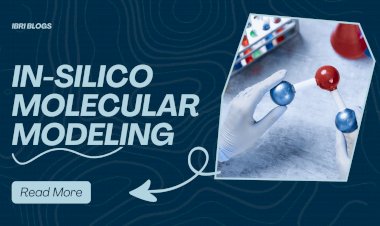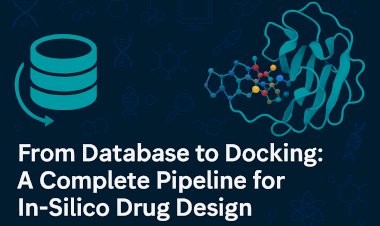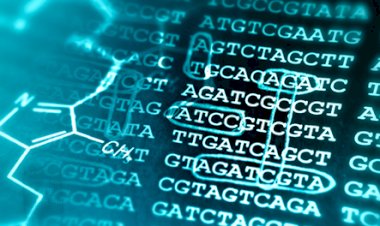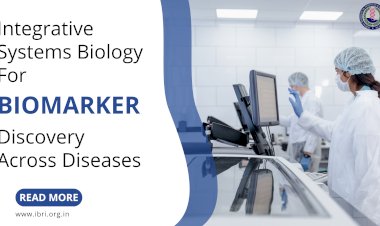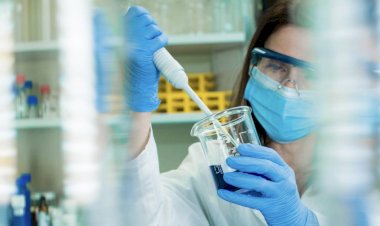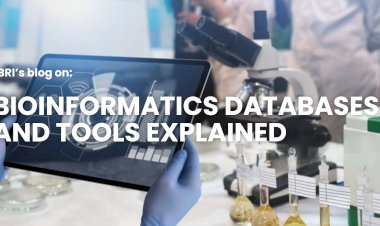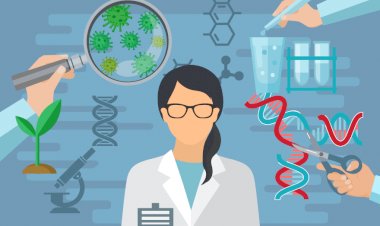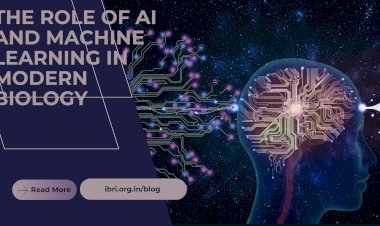IN-SILICO DRUG DESIGNING: REVOLUTIONIZING THE FUTURE OF DRUG DISCOVERY
In the evolving field of drug discovery, in silico drug design has emerged as a game-changer, enabling researchers to harness the power of computational models and artificial intelligence (AI) to accelerate the development of new therapeutic agents. This approach, which uses computer simulations to predict the interaction between drug molecules and their targets, is dramatically improving the speed, efficiency, and cost-effectiveness of bringing new drugs to market.
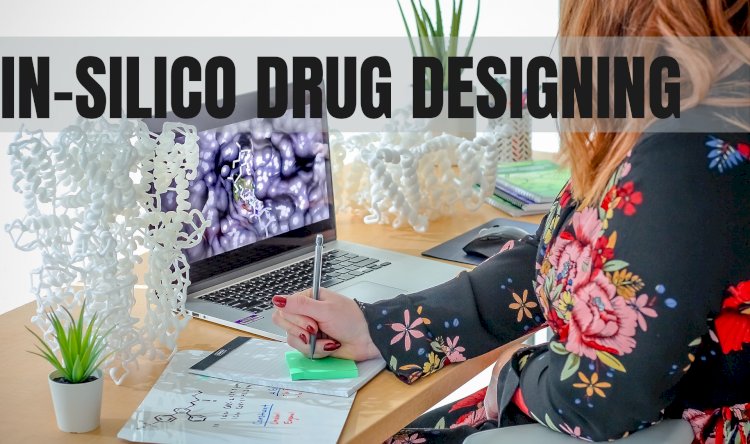
What is In Silico Drug Design?
In silico drug design refers to the use of computer-based methods to aid in the identification, design, and optimization of drug molecules. The term "in silico" simply means "performed on a computer or via computer simulation," in contrast to traditional experimental methods that rely on lab-based work. It involves the use of molecular modeling, structure-based design, ligand-based design, and AI algorithms to predict how a potential drug molecule interacts with biological targets like proteins, enzymes, and receptors.
This approach is a crucial part of modern drug discovery, helping scientists to simulate and evaluate thousands of potential drug candidates in a fraction of the time it would take using traditional methods.
Key Techniques in In Silico Drug Design
- Molecular Docking:
Molecular docking is a cornerstone of in silico drug design. This technique involves simulating the interaction between a drug molecule (ligand) and its target protein (receptor) to predict how well the molecule fits into the target’s binding site. The goal is to find the most likely binding mode and affinity, which indicates how strongly the drug will interact with its target.
Applications: It helps identify lead compounds, optimize drug molecules, and repurpose existing drugs for new indications.
- Quantitative Structure-Activity Relationship (QSAR):
QSAR is a computational method used to predict the biological activity of a compound based on its chemical structure. By analyzing a dataset of known compounds and their activity against a target, a QSAR model can help predict the activity of new, untested compounds. This approach is particularly valuable in optimizing the potency and selectivity of drugs.
Applications: QSAR is often used for virtual screening, helping researchers quickly identify promising compounds without needing to physically test them.
- Virtual Screening:
Virtual screening is a computational technique that involves searching large compound databases for molecules that may bind to a specific target protein. It typically uses molecular docking and other algorithms to predict which compounds have the highest likelihood of being effective. Virtual screening reduces the number of compounds that need to be physically tested, saving both time and resources.
Applications: It is widely used in early-stage drug discovery to prioritize compounds for laboratory testing.
- Molecular Dynamics (MD) Simulations:
MD simulations provide a detailed view of the physical movements of atoms and molecules over time. By simulating how a drug molecule interacts with a protein target under different conditions, MD helps researchers understand the dynamics of the drug-target interaction. This method can highlight the stability, flexibility, and binding characteristics of drug molecules, which is crucial for optimizing their effectiveness.
Applications: MD is useful for studying protein-ligand binding, protein folding, and drug-target interactions in greater detail.
- De Novo Drug Design:
De novo drug design involves creating novel drug molecules from scratch, based on the knowledge of a target’s 3D structure and specific binding requirements. Computational algorithms can generate and evaluate thousands of potential drug candidates, optimizing them based on the target’s binding site and other molecular properties.
Applications: This technique is particularly helpful when there are no known ligands for a target or when the target is highly specific and difficult to target with existing drugs.
Benefits of In Silico Drug Design
- Accelerated Drug Discovery: One of the most significant advantages of in silico drug design is its ability to accelerate the drug discovery process. By enabling researchers to virtually screen and optimize millions of compounds, in silico methods drastically reduce the time and resources required to identify promising drug candidates.
- Cost-Effective: Traditional drug discovery methods involve extensive lab testing, which can be expensive and time-consuming. In silico approaches, on the other hand, can quickly eliminate unpromising candidates and refine the most promising ones, significantly reducing the cost of research and development.
- Increased Precision and Target Specificity: In silico methods allow researchers to design drugs that are highly specific to their targets. By simulating the interaction between drugs and their targets, scientists can identify the most potent and selective molecules, leading to more effective and safer drugs.
- Predicting Toxicity and Side Effects: In silico models can also predict the potential toxicity of drug candidates by analyzing their chemical properties and their interaction with biological systems. This helps researchers identify potentially harmful side effects early in the drug development process.
- Repurposing Existing Drugs: In silico methods can be used to repurpose existing drugs for new indications. By analyzing the molecular interactions of FDA-approved drugs with new target proteins, researchers can discover new uses for existing drugs, speeding up the development of treatments for diseases that lack effective therapies.
Challenges of In Silico Drug Design
- Accuracy of Models:
The accuracy of in silico predictions depends on the quality of the underlying models and algorithms. While computational methods have improved significantly, the complexity of biological systems still presents challenges in predicting drug efficacy and safety. - Limitations of Data:
In silico methods rely on large datasets to make predictions. If the data used to train the models is incomplete or biased, it can lead to inaccurate predictions. Access to high-quality, comprehensive data is essential for effective in silico drug design. - Integration with Experimental Data:
While in silico methods are powerful, they are not a replacement for experimental validation. The predictions made by computational models need to be confirmed through laboratory testing, which still represents a crucial step in drug discovery.
The Future of In Silico Drug Design
The future of in silico drug design is bright. As AI, machine learning, and big data continue to advance, the predictive power of computational tools will only improve. Researchers are already combining deep learning algorithms with molecular modeling to design more effective and targeted drugs.
Moreover, quantum computing holds the potential to revolutionize in silico drug design by enabling simulations of molecular interactions at a level of detail previously unattainable. As technology continues to advance, in silico drug design will play an increasingly central role in developing new drugs faster, more efficiently, and at lower cost.
IBRI Noida: Providing Hands-On Training in In Silico Drug Design
At IBRI Noida, we offer specialized, hands-on training in in silico drug design, providing participants with the opportunity to work directly with industry-standard tools and real-world data. Our programs cover key techniques such as molecular docking, virtual screening, and QSAR modeling, ensuring that students gain practical skills in drug discovery. Led by experienced professionals, our courses blend theoretical knowledge with practical applications, preparing participants to excel in the dynamic field of computational drug design and bioinformatics.
Conclusion
In silico drug design has already revolutionized the way we discover and develop new drugs. By leveraging the power of computational models and simulations, researchers are accelerating the discovery of life-saving therapies and transforming the pharmaceutical industry. As technology continues to evolve, in silico approaches will likely become an even more integral part of the drug discovery process, ultimately improving the speed and success rate of developing new treatments.








